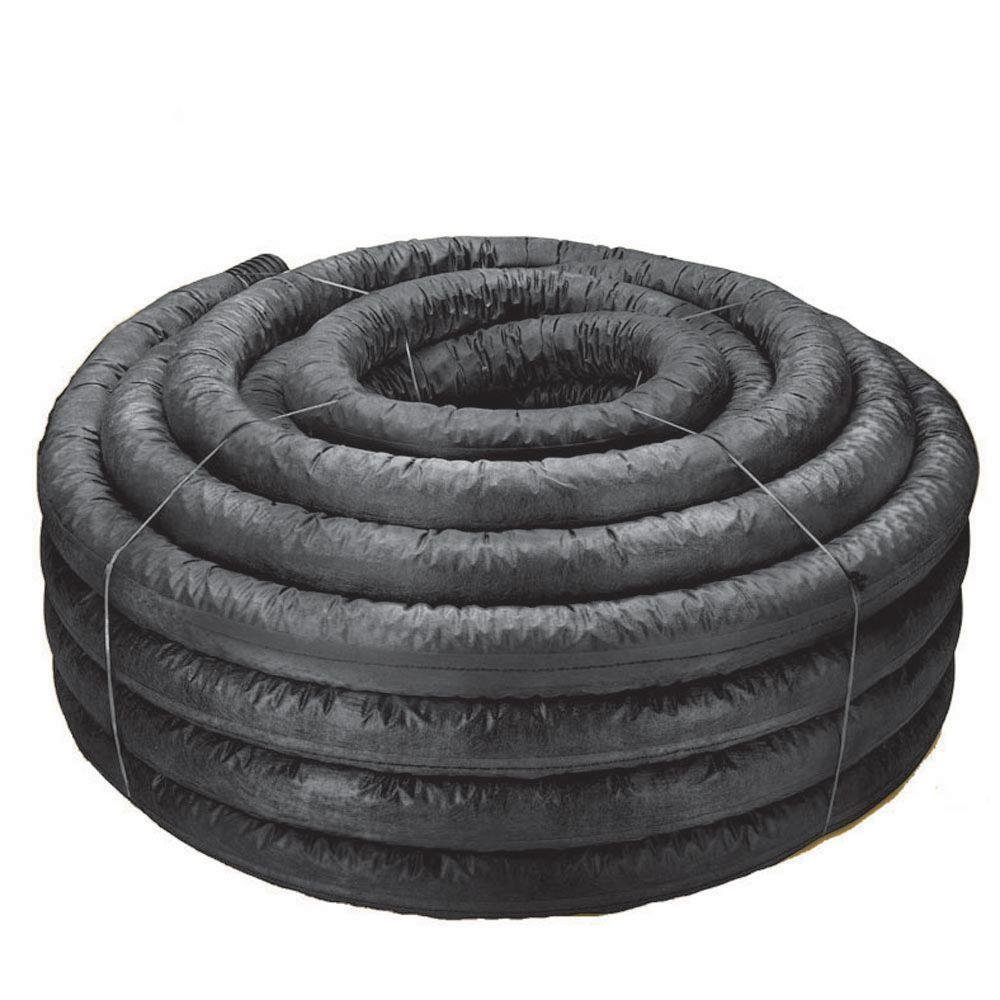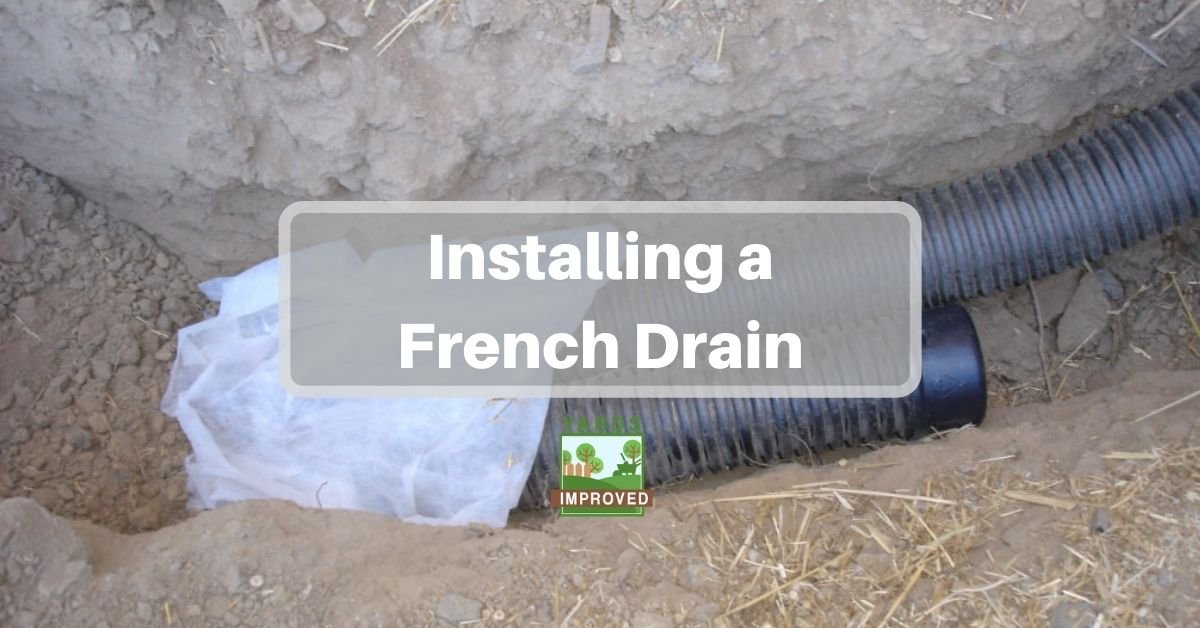Having drainage issues in your yard? A french drain might be the solution. If water is seeping through your basement walls, this could be the way to divert it. It can also help redirect water that puddles in other areas, such as alongside driveways or patios.
Do You Need A French Drain?
If water is accumulating in unwanted or unexpected areas, a couple factors may be behind it. The ground may be too hard to absorb it. It could also be too saturated, either because of excess rain or a naturally high water table. The ground might slope toward the problem area, too.
A french drain works by creating a trench with a pipe in it to drain the water away. That will eliminate the buildup by directing the water to another area where it can be absorbed or drained appropriately.
No, it isn’t the miracle solution to every problem. But it is one technique that may help in many circumstances. Other solutions might work better in your case, like grading the soil adjacent to the problem area. You might also want to be sure that there isn’t a leaking underground pipe that’s causing the issue. If you don’t know where the water is coming from, this could be the case.
You also should check local regulations regarding the installation of a french drain. Runoff from your property may contain harmful chemicals that could harm streams, rivers, lakes or reservoirs where these systems drain. Be sure to check out the rules!
How To Install a French Drain
Installing a french drain is simple to explain. It doesn’t require advanced calculations or complicated procedures. However, it does require a lot of digging, so it can be physically demanding.
What You’ll Need
Above all, you’ll need a strong back. But the actual tools and supplies are relatively few:
- Spade
- Tarp
- Wheelbarrow
- Gravel
- Perforated pipe
- Filter fabric
The diameter of the pipe depends on how big of a problem you’re having. Obviously, a wider pipe can get rid of water more quickly. But it may be overkill for your situation. The length of the pipe will, of course, depend on your circumstances as well. Don’t forget to include the length needed for where you want to direct the water.

How To Install A French Drain
Installing your french drain is pretty easy to explain, fortunately.
If your problem is around the house, you’ll want to dig as close to the foundation as possible. The depth will depend on the type of foundation. If you have a full basement that’s submerged, dig about six feet deep. For a slab foundation, two feet is sufficient.
We suggest using a tarp to shovel the dirt onto as you dig. This will make it easier to return later.
Likewise, for a french drain along a retaining wall or other structure, the depth depends on how deep the foundation of the structure goes. If you’re dealing with a driveway or open area, 18 inches to two feet is sufficient.
In all cases, the trench should be 18 inches to 2 feet wide.
You also need to create some slope to the trench. It should go downward in the direction you need the water to flow. About one inch of drop for every eight feet of run is good enough.
Lay your filter fabric in the trench. It should be wide enough that it will wrap around the pipe and about 3-5 inches of gravel on top of it, and an inch or two more for overlap.
Place your pipe at the bottom of the trench, making sure the joints are tight. As you go along, check that the slope is in the right direction at all points of the pipe.
Once the pipe is in place along the whole trench, pour three to five inches of gravel on top of it. This will serve as a filter to keep the holes in the pipe from getting clogged.
Once the gravel is in place, close the filter fabric around it. This will keep soil, weeds, or roots from working into or through the gravel.
Backfill the hole with the dirt you excavated. There will, of course, be some excess which you can use for projects in other parts of the yard.
Conclusion
A french drain can help eliminate the pooling of water and even leaking basements. It’s hard work to create one but the process is simple and direct. Don’t forget to create enough slope and lead the water far enough from the problem area that it won’t cause further problems!









